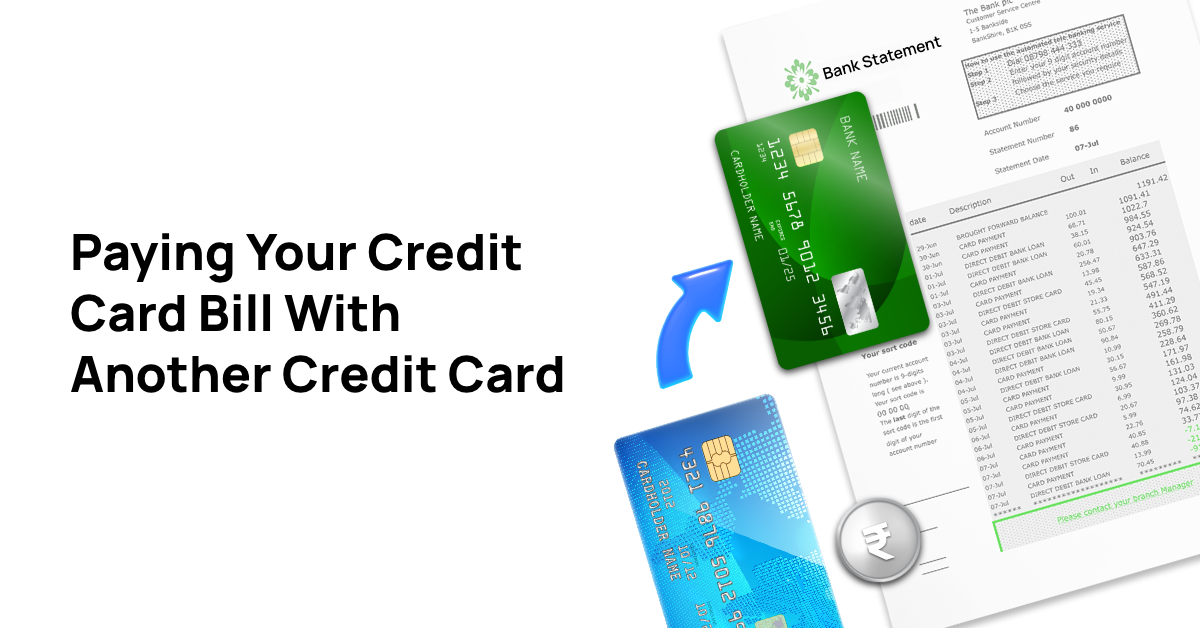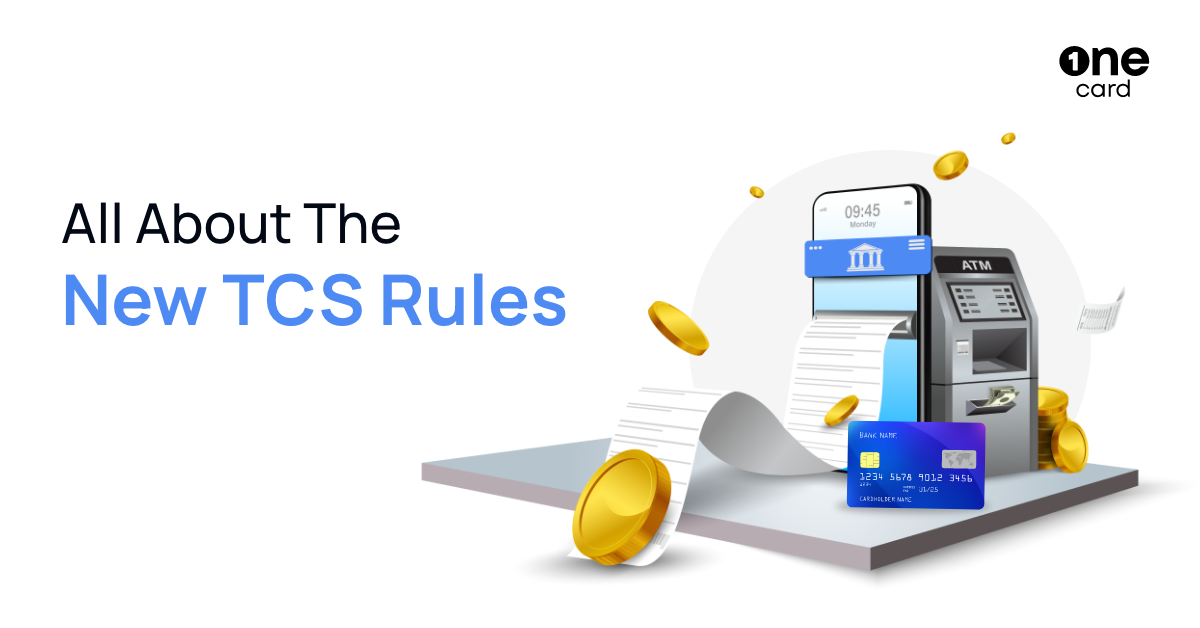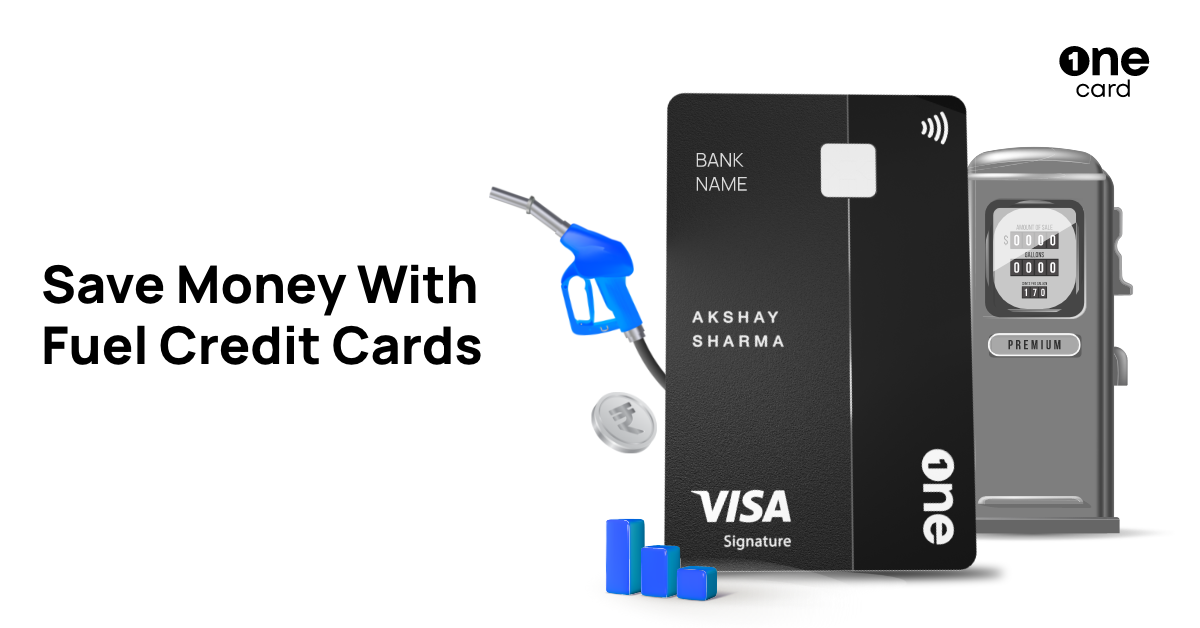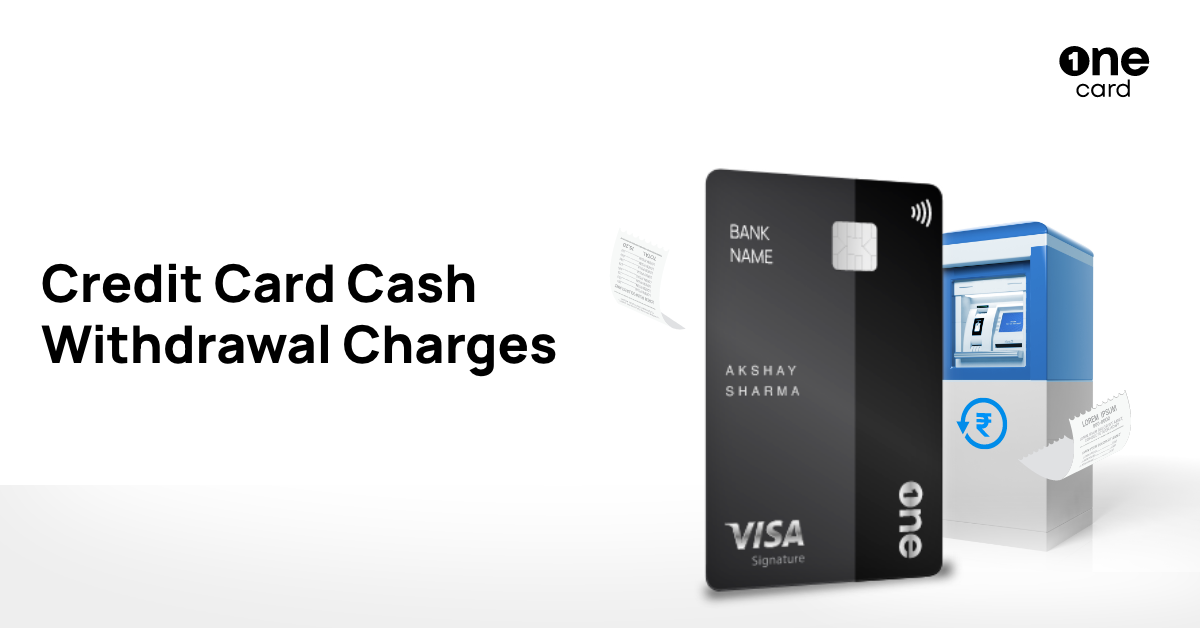How to Pay Credit Card Bill from Another Credit Card?
By OneCard | June 30, 2023

People who have a couple of credit cards may be inclined to pay one card’s bills with another, perhaps to earn rewards or simply for convenience. But how exactly can you pay credit card bills using a credit card? Most credit card companies do not allow a credit card bill payment through another credit card. Many financial institutions will not accept this form of payment. This is because it might create a potential financial burden for the cardholder. It is a measure taken by financial institutions to promote responsible credit card usage.
But there are a few indirect ways to pay your credit card bill with a different credit card. This post will review why you can’t pay one credit card bill with another credit card. We will also go over how to pay credit card bills from another credit card using alternative payment methods.
Table of contents:
Why You Can’t Pay Your Credit Card Bill with Another Credit Card
Most credit card companies in India prohibit their customers from making credit card payments with another credit card. This is due to a few factors. The costs involved are the primary factor. The typical processing fee for credit cards is roughly 2% of the total transaction amount. For instance, the financial institution would have to pay processing fees of Rs. 200 for a credit card payment of Rs. 10,000.
Reward programs are the second reason financial institutions forbid users from paying their credit card payments with another credit card. With a credit card, typically every purchase qualifies for rewards like cashback, points, or miles. Customers may receive greater rewards if they can pay their credit card payments with another credit card. As they would have to give out more rewards to customers, this could be an expensive proposition for credit card companies.
However, there are indirect ways to pay off credit card bills using another credit card!
How to Pay Credit Card Bills Using a Credit Card
Here are some recommendations on how you can indirectly pay your credit card bill with a credit card:
1. Balance Transfer: How Does It Work and Should You Do It?
A balance transfer is the transfer of outstanding dues from one credit card to another. This other card will have a lower interest rate. A balance transfer involves moving all or a portion of a balance from one credit card to another.
You must inform the new credit card provider of details about the credit card whose balance you wish to transfer to start the transfer process. Typically, this contains the card number, the issuer’s name, and the outstanding balance. Your new credit card provider will pay off your previous debt once the balance transfer is complete. You can then begin making payments on the new card.
Things to Consider Before You Transfer a Balance
-
Fees for balance transfers typically range from 3% to 5% of the transferred amount. Consider this cost to determine if a balance transfer is the best choice for you.
-
Promotional interest rates are provided briefly, typically between 6 and 18 months. The interest rate will increase to the usual rate after the promotional period.
-
The transfer can affect your credit score. So, check the details before applying for a new card.
-
You must still make timely payments after a balance transfer because it does not eliminate your debt. Without this, there can be higher interest rates and other costs.
2. Taking Personal Loans
Taking a personal loan is an option you can consider to pay off your outstanding dues. This is helpful if you have large balances with high-interest rates. Personal loans have lower interest rates and can help pay off credit card bills. But you should know the underlying problems of overspending and credit card debt management. If you are unaware of the problems, you will risk falling into a debt cycle. This will result in you taking out more loans to pay off your credit card bill.
3. Using Digital Wallets
Digital wallets are another option for paying your credit card bill with another credit card. The use of digital wallets in India has skyrocketed as they provide a quick and practical way to make payments. You can add money through your credit card to these wallets and pay your bills for other cards.
FAQs
What are the charges for Credit Card to Credit Card Payments?
When you transfer a balance from one credit card to another, you’ll typically incur a fee of 3–5% of the transferred amount. This is also called as Balance Transfer fees.
Can we pay credit card bill through credit card without charges?
You generally cannot pay a credit card bill directly with another credit card without incurring fees. These charges can be up to 3-5% of the total transaction.
How to Pay Credit Card Bill Through Credit Card?
There are three ways to pay your credit card bill through credit card: Balance Transfer: Move the balance to another card. Payment Apps: Use apps that allow credit card payments Cash Advance: Withdraw cash from one card to pay the bill However, it may incur a fee of 3-5%.
ALSO READ: Keep Track and Manage Your Expenses With OneCard App

4. Availing Cash Advances
Credit card issuers offer cash advances that let you use an ATM or a bank to get cash. Essentially, you are taking out a short-term loan against the available credit on your card. Therefore, knowing the terms and condition of a cash advance before you use one is crucial. To get a cash advance, you must visit an ATM or bank accepting credit card transactions. Then, you can withdraw money using a credit card up to a set limit.
Cash advances have a high-interest rate, often more than the interest rate on normal credit card purchases. In addition, cash advances often have additional fees attached to them. These expenses can soon mount up and make cash advances an expensive choice.
The Disadvantages of Paying a Credit Card Bill with Another Credit Card
-
Fees: Processing costs for credit card payments are typically 2% of the total transaction amount.
-
High-Interest Rates: Since cash advances typically have a higher interest rate than regular purchases, using another credit card to pay your credit card debt might also result in high- interest rates.
-
Debt Accumulation: If you routinely use this strategy, you risk piling on more debt, which could cause future financial issues.
-
Negative effects on credit score: Chances of missed payments, late payments, and big balances can lower your credit score.
-
No offers: A lot of credit card providers don’t give rewards for using another credit card to pay a credit card bill.
ALSO READ: What are The Impacts of Missing Credit Card Payments
Although paying a credit card bill using a credit card may appear handy and profitable by the allure of rewards, credit card issuers do not allow it. There are, however, other ways to settle credit card debt. Make sure you consider each method's pros and cons before you proceed. Although it might seem practical, this shouldn't become a habit as it can result in debt accumulation with high-interest rates.

**Disclaimer: The information provided in this webpage does not, and is not intended to, constitute any kind of advice; instead, all the information available here is for general informational purposes only. FPL Technologies Private Limited and the author shall not be responsible for any direct/indirect/damages/loss incurred by the reader for making any decision based on the contents and information. Please consult your advisor before making any decision.



Sharing is caring 😉